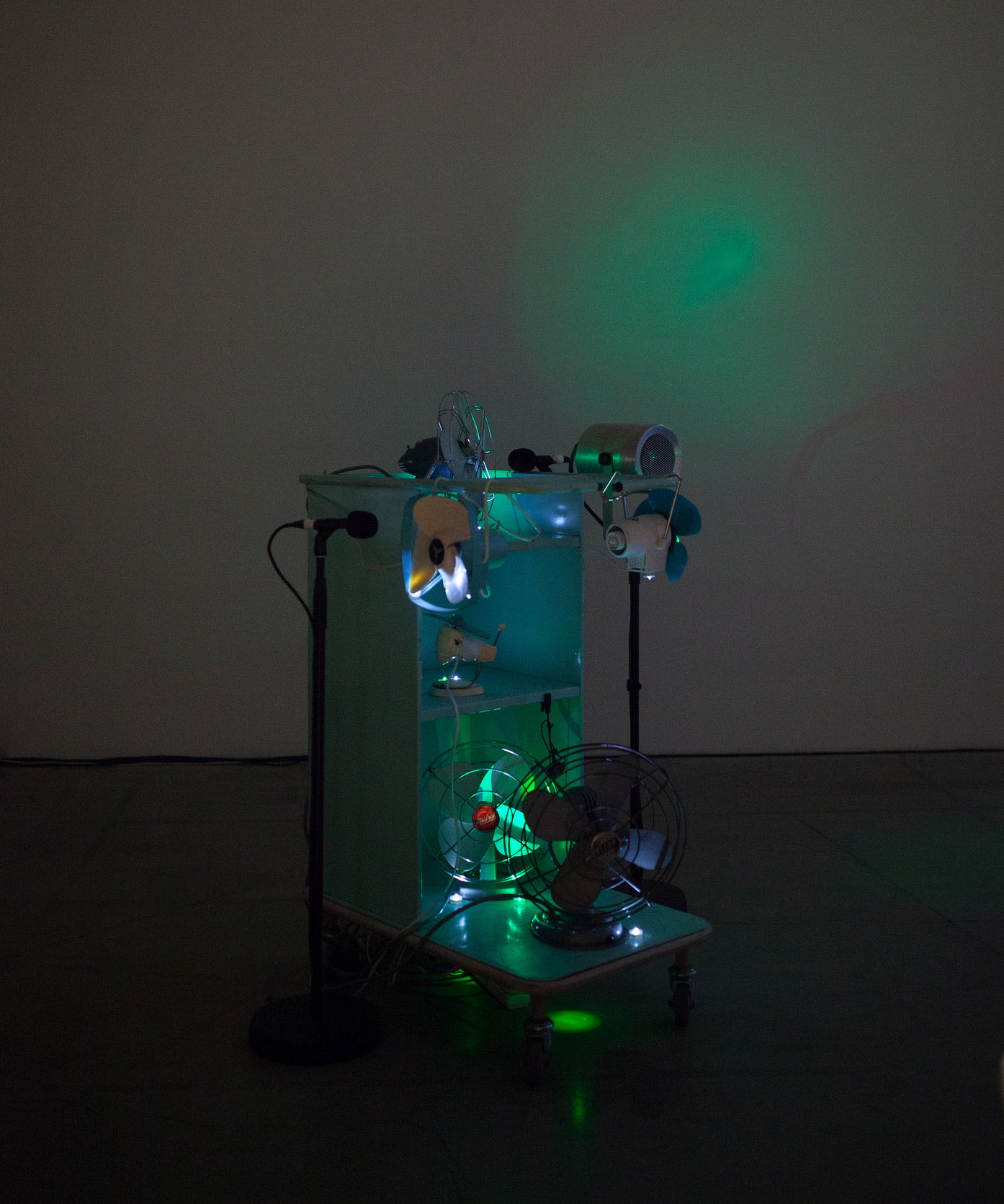‘[T]he underlying forces usually hidden’[1] is an alternative title for Cynthia Troup’s libretto, Turbulence. It refers, conceivably, not only to the content of the performance or the materials of its performance, but to a wider context within which it emerges. An artistic milieu where social, financial, corporeal and technological forces that produce art⎯causing it to flourish or flounder⎯are understood to be in play across the body of the artwork; where currents of audience-awareness, modes of transmission, distribution, access, limits of the body⎯age, illness, catastrophe⎯are conceived, considered and conjured in performance, as the powerful aesthetic and actual forces they are.
The networked world creates myriad opportunities for the manifestation of ‘underlying forces usually hidden’ (and continues seeding the potential for new ones still-concealed). We are increasingly sensitised and de-sensitised to their operation all around us: radio waves, surveillance techniques, hacking, hits, popularity algorithms, digital currency, stocks, spin, surveys, opinion-polls and twitter-storms: code.
Performance that considers and conjures underlying forces, takes its place in the networked world, locating its value in the building of new aesthetic adventures, messages, dreams and histories there. Opera artists skilled in such building, work their critique of online/nonline world conditions, connecting them forwards and back, and in present time, to produce new reflective and critical live/nonlive spaces: Testing the world, inviting and engaging its ever-renewing, co-created ever-connectedness.
[¹] Cynthia Troup, “Turbulence or, ‘the underlying forces usually hidden’, libretto for a Living Room Opera in three scenes, composed by Juliana Hodkinson”, 2013, https://cynthiatroup.com/wordpress/wp-content/uploads/CTroup-Turbulence-Libretto-2013.pdf
Photo credit: Pier Carthew
